ENGLAND
Revisiting Shakespeare’s home
SOUNDTRACK
A journey through the world’s best music festivals

ENGLAND
Revisiting Shakespeare’s home
SOUNDTRACK
A journey through the world’s best music festivals
This Central American country has paradisiacal beaches, preserved Mayan ruins, the second largest coral reef in the world, a vibrant culture and the sea is Caribbean!
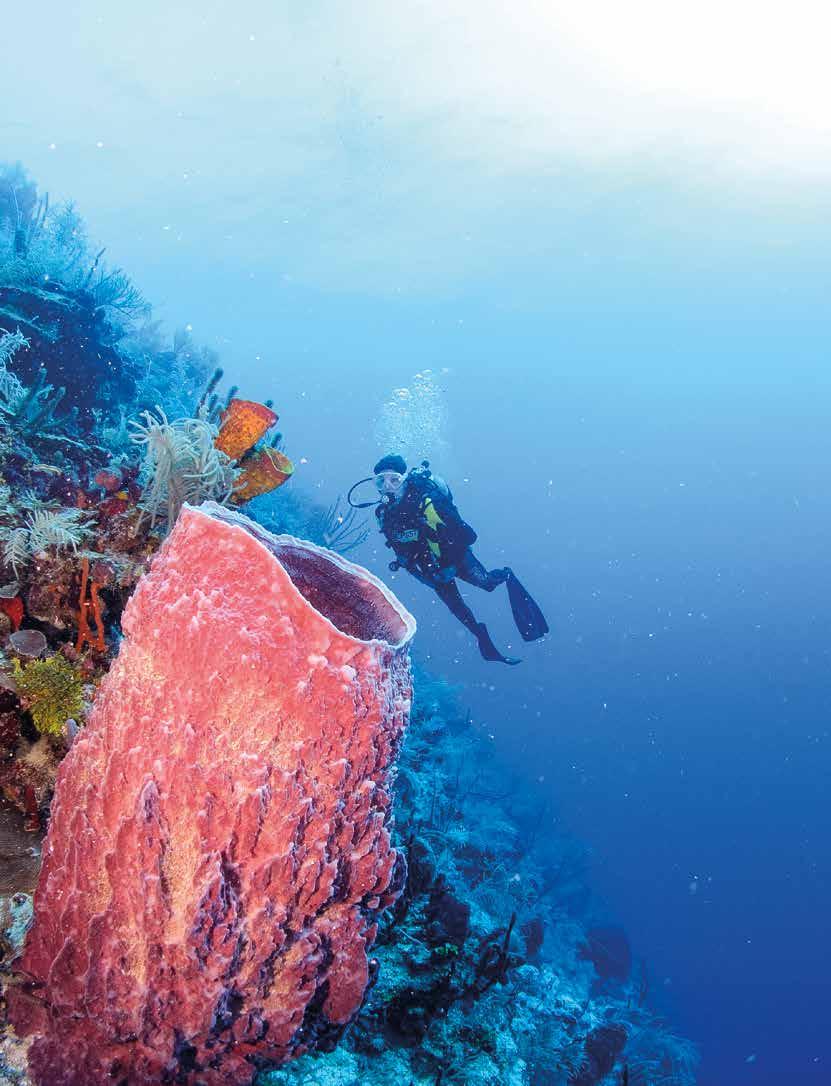
GASTRONOMY
Mouth-watering restaurants
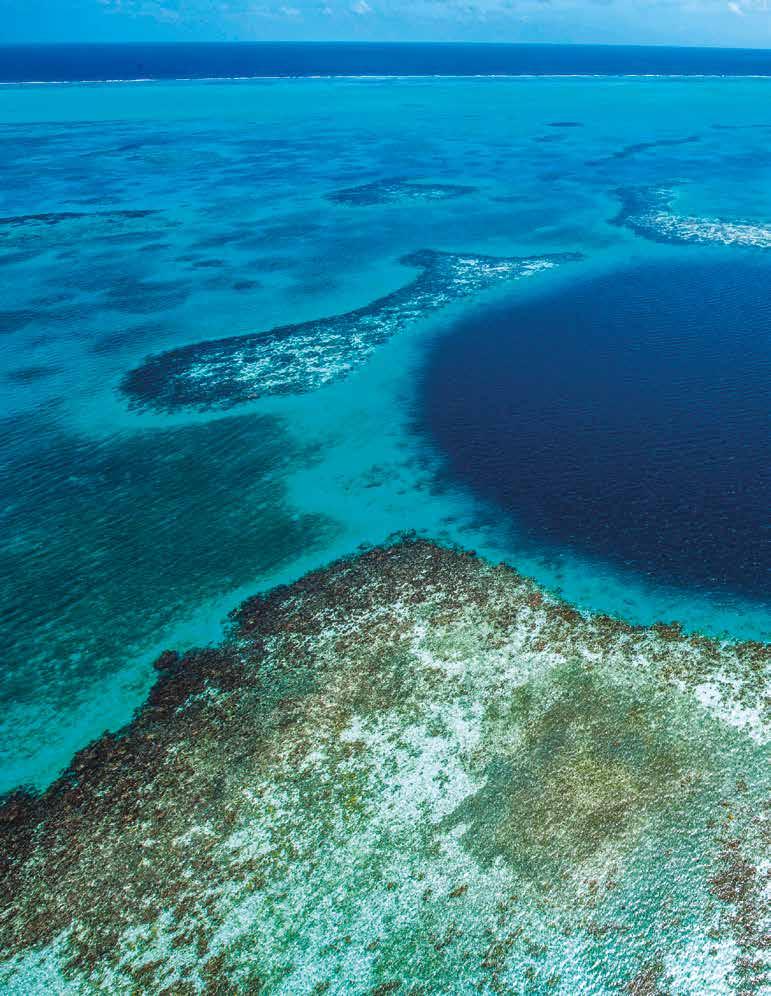
The small country on the east coast of Central America is full of surprises: lush nature, tropical jungles, the second largest coral reef in the world, mixed cultures, Mayan ruins and beaches framed by the Caribbean Sea!

If you’re looking for an unconventional itinerary, you can bet without fear of making a mistake: Belize. Still little known to Brazilians, this country on the east coast of Central America has incredible beaches (290 kilometers of coastline) with white sands, tropical jungles, impressive archaeological sites and the crystal blue sea of the Caribbean. Sounds like a perfect combination, doesn’t it? It is!

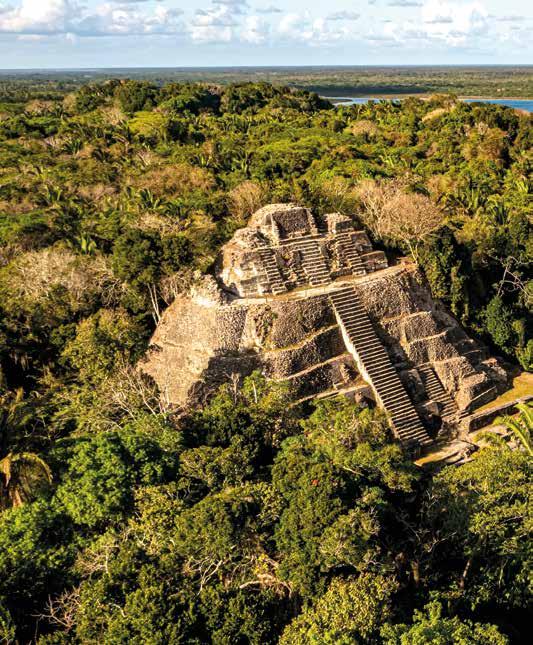
Belize, which has just over 400,000 inhabitants and is the size of Sergipe - the smallest Brazilian state - is the only English-speaking country (it was colonized by the British) among several Hispanic nations on the continent, although Spanish is also spoken there. It offers a mixed culture, with vibrant sounds and colors, exotic gastronomy and good hotel infrastructure, including jungle hotels. It is also considered a safe destination for travelers - it has been awarded the Safe Travels seal by the World Travel & Tourism Council (WTTC).
Those who think that Mayan culture is a privilege of Mexico will be surprised in Belize: the country has a vast heritage of this ancient civilization which, according to historical records, settled there in 1,500 BC. But it was between 250 and 900 AD that the Mayan population exceeded 1 million people. Today, many of these sites, under the supervision of the Institute of Archaeology, are open to the public. And don’t be surprised if you have a modern-day Mayan as your guide. Families descended from the Maya are always happy to tell the
stories of their ancestors, passed down from generation to generation. In many cities there are festivals where visitors can even learn about Mayan cuisine.
Caracol, in the Chiquibul forest reserve, is the largest Mayan archaeological site in the country and was home to around 15,000 people, although it is estimated that up to 115,000 may have lived in its surroundings. There is Caana, a 43-meter pyramid, the tallest man-made structure in Belize. Inside are the ruins of three temples and four palaces, as well as reservoirs and an astronomical observa-
tion site. Despite its grandeur, it is worth remembering that most of the site has not yet been excavated and there is much to be discovered. The ruins are located about 80 km from Belize City and local tourist agencies offer the tour. Be sure to include it in your itinerary.
The second most famous site is Altum Ha. Although not as large, it houses some of the best-restored ruins in Belize and is one of the most popular with tourists. It was discovered by archaeologists in 1963 and during the first excavations, between 1965 and 1970, they found one of the most striking artifacts of Mayan heritage: the Jade Head, a sculpture of a sun god that may have been the largest object carved in jade by the civilization. The site also has an artificial lagoon that can still be seen today.

Nature is at its best in Belize, where there are countless caves for exploring the sea, including kayaks, and the rich marine fauna. A highlight is the Blue Hole, a fantastic



coral ring that surrounds a 125-meter-deep cave in the waters of the Lighthouse Reef Atoll. It’s a favorite paradise for divers the world over. For those who don’t dive, the breathtaking view from above is worth it. There are panoramic flights on certain days of the week for a totally Instagrammable experience.

The country’s Barrier Reef, classified as a UNESCO World Heritage Site, is the largest living reef in the Northern Hemisphere and the second largest in the world (second only to Australia). And for those who like wildlife, the country has more than 500 species of birds, both resident and migratory.
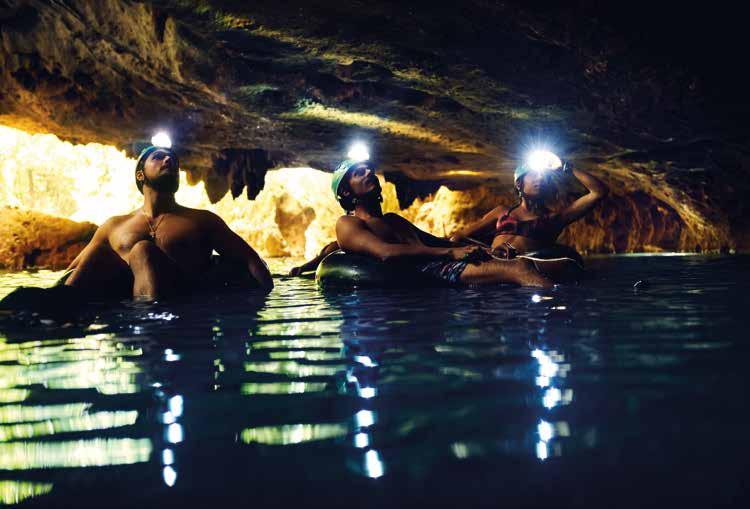
The itineraries necessarily start with Belize City, the largest city in the country, with around 61,000 inhabitants, and home to the international airport. Many confuse it with the capital - it used to be. After being hit by a hurricane in the 1960s, it was decided to move the administrative center to Belmopan, a planned city on the mainland. Belize City is the starting point for most tours.
San Pedro, on the island of Ambergris Caye, is a hit with visitors in search of its palm-fringed beaches lapped by the turquoise Caribbean Sea. Unlike other cities, San Pedro has cars and roads, making it easi-
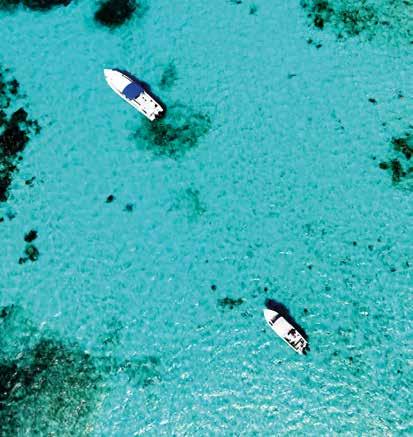

er to get around. It also has a good infrastructure, with several hotels and restaurants. This picturesque town can be reached by a regional flight from Belize City in just 15 minutes. A more economical option is the water taxi.
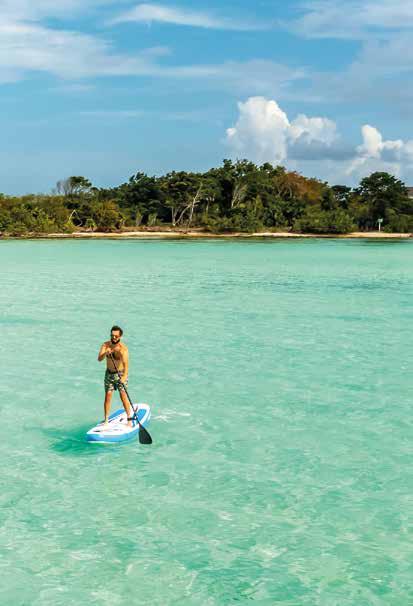
From San Pedro, you can visit other islands, such as Cayer Caulker, 17 km away. Take the small island’s slogan - Go Slow - to heart, so you can tour it on foot or in golf carts. As the sea is the big attraction here (need we say more?), the beaches don’t have strips of sand, but decks for a good swim. If you’re spending the day, there’s nothing better than enjoying the sunset, sailing along the coast on a Caribbean boat, with
Belize is on the east coast of Central America and borders Mexico and Guatemala.
From Brazil, Copa Airlines offers two flights a week, on Tuesdays and Fridays, with a connection in Panama, where the company’s hub is located. Those who prefer to combine their trip with the United States can count on daily flights via Miami and Dallas with American Airlines; via Houston with United Airlines (some days of the week it flies from Newark) and Atlanta with Delta Airlines.
Brazilians do not need a visa to enter the country if they are traveling for tourism for 30 days. They must present a valid passport and a yellow fever vaccination certificate. Other documents that may be required by immigration are proof of accommodation bookings, as well as air or ground tickets leaving the country. When you leave the country, you will have to pay a fee of US$ 40 (by air) or US$ 20 (by land and sea).
The official currency is the Belizean dollar, represented by the symbol BZD. It is pegged to the US dollar. In other words, there is no exchange rate variation between the two. It is advisable to take dollars in cash because they are accepted in stores in most tourist towns and you don’t have to rely on ATMs.
It’s hot all year round and what differentiates the seasons in the country is the rainfall. Therefore, the best time to visit Belize is from December to May (the driest months). Between June and October, in addition to a lot of rain, there is the possibility of hurricanes.

lots of music, drinks and fresh ceviche. The tour lasts an average of two hours and can be bought on the island.
Placencia, a small town in the Stann Creek district, has as one of its main attractions a beach with a long stretch of sand - something common for us Brazilians, but not in Belize and not in many parts of the Caribbean. One side of the peninsula, named after the town, is bathed by the sea and the other by a large lagoon. You choose whether you want fresh or salt water. If you can enjoy both, even better. Placencia is well served by accommodation, restaurants and shops. The peninsula can be reached by plane or bus from Belize City.
To enjoy the country’s exuberant nature, one of the places to go is Laughing Bird Caye National Park, a natural park 20 km from the coast. It is part of the Belize Barrier Reef Reserve, which has been protected since 1996, and is home to several species of animals and birds. To get there, you need to take an all-day boat trip.
Those who like adrenaline and adventure will have a great time in San Ignacio, the capital of the Cayo district, a historic town very close to the tropical jungle. It is connected to its twin city, Santa Elena, by a suspension bridge, the only one in the country.


Placencia, a small town in the Stann Creek district, has beaches with a long stretch of sand, something not very common in the country, and lots of palm trees
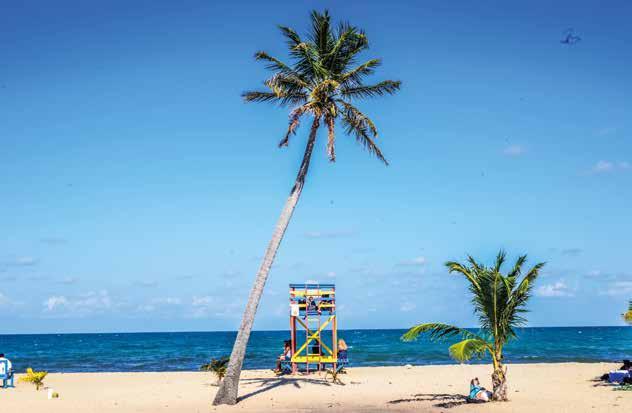
Take the time to explore a lot of nature, such as Big Rock Falls in the Mountain Pine Ridge Forest Reserve. Access to the reserve must be done in the company of a local guide hired in town. Pine Ridge is also home to Barton Greek, a cave that can be visited by canoe. If you’re lucky, you may see calcified skeletons of the ancient Maya inside.
The country is small, but well mixed with various ethnic groups, including descendants of the Maya, the Garifunas (Caribs, Arawaks and West Africans), mestizos and Creoles. This diversity is reflected in the
traditions, music, dances and typical cuisine. Speaking of food, fresh seafood such as crabs, prawns and exotic fish are plentiful there. One of the famous garafunda dishes is Hudut, a fish stew with green banana fritters.
In addition to the gastronomy, this culture is very present in the vibrant rhythm of the drums of the local folk music, called punta, which packs various festivals throughout the year. In 2001, UNESCO classified the Garifuna language, music and dance as one of the masterpieces of the Oral and Intangible Heritage of Humanity.
Yes, Belize is a very special destination!
The Belize Tourism Board already has a representative in Latin America, TM Americas, to promote the country. The expectation is to increase the flow of Latin American visitors, especially Brazilians, in addition to offering assistance to travel agents, operators and travelers in general.

We want to share the wonders of our country and provide authentic experiences that will remain etched in everyone’s memory,” says Belize’s Minister of Tourism, Anthony Mahler.
